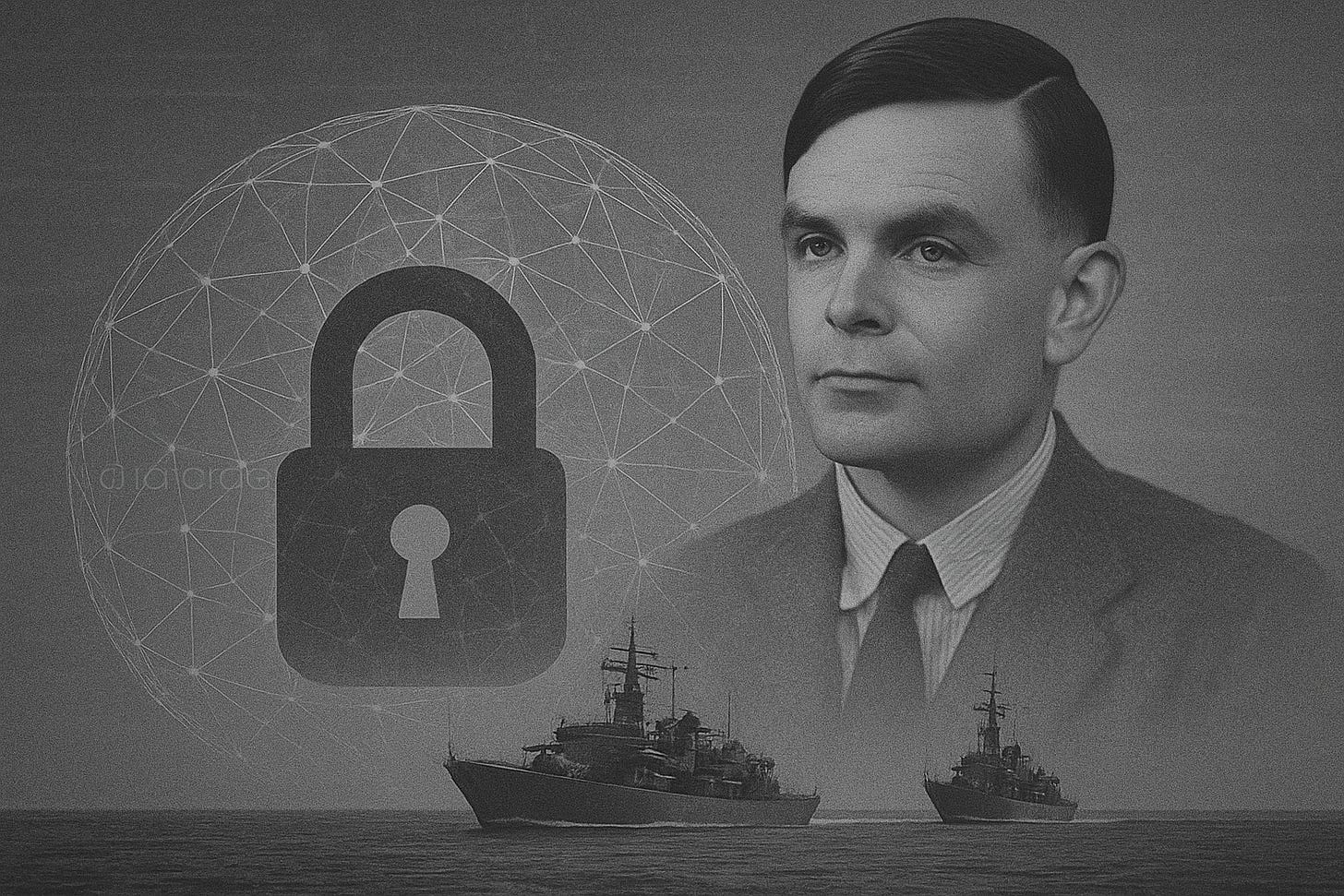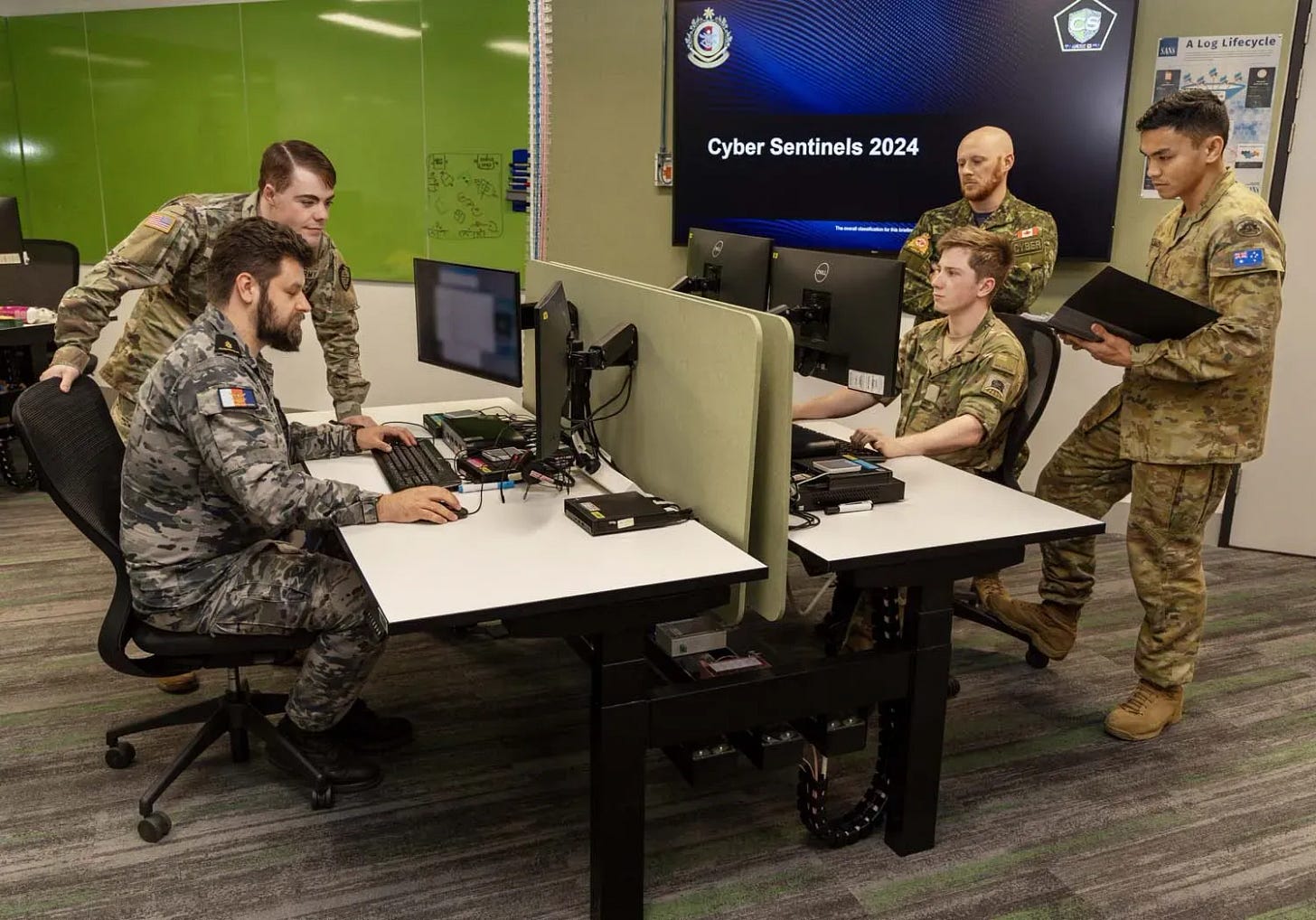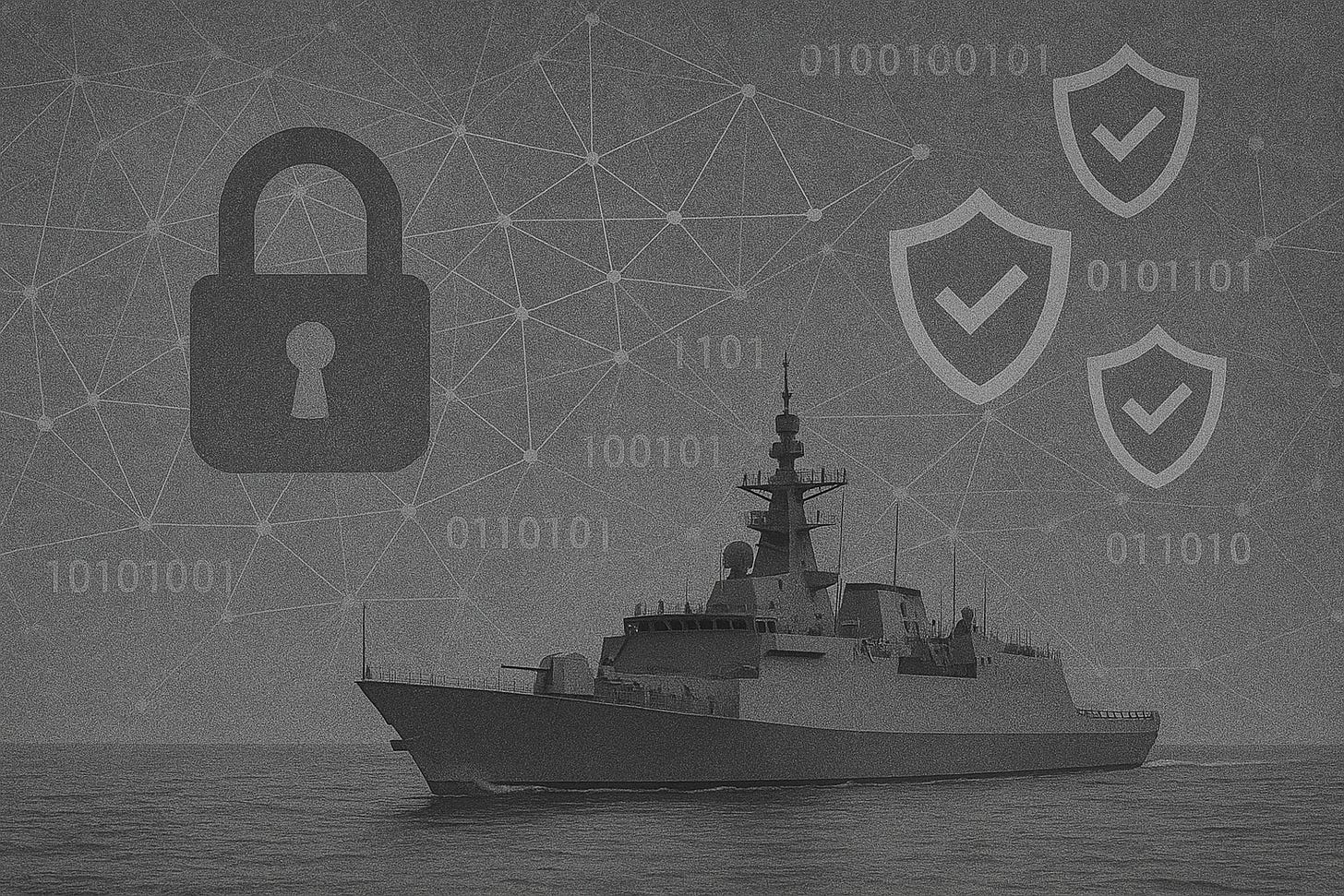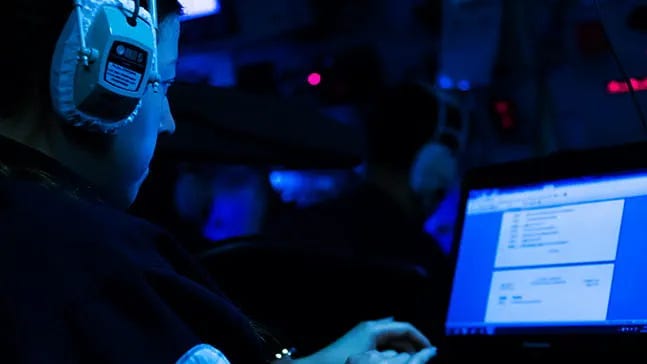Cyber at Sea
How the Royal Navy and Allies Are Fighting the Digital War
In 1988, when I first sat behind a weapons director's console aboard HMS Boxer in the Gulf, our biggest concern was staying off the radar of hostile missiles and aircraft, not being hacked by a teenager in a Moscow suburb. But times have changed. Today, the maritime battlespace extends into a domain we never trained for back then: cyberspace. And now, it's not just a bolt-on. It's core.
In this long-form Future Navy briefing, I want to explore how the Royal Navy, our NATO allies, and the Five Eyes partners are responding to the growing threat of cyber conflict, not just defensively, but as an integral part of future naval warfare. This isn't theory. It's happening now, quietly and with urgency.
Naval Party 1912: Turing's Legacy at Sea
Last year, the Royal Navy formally stood up Naval Party 1912, a deployable cyber unit named after Alan Turing's birth year. That's not a gimmick. It's a deliberate choice to frame our digital sailors as part of a proud tradition of British codebreakers. These specialists from the Maritime C5ISR Support Unit (MCSU) are now sent to ships and exercises to test and defend our networks.
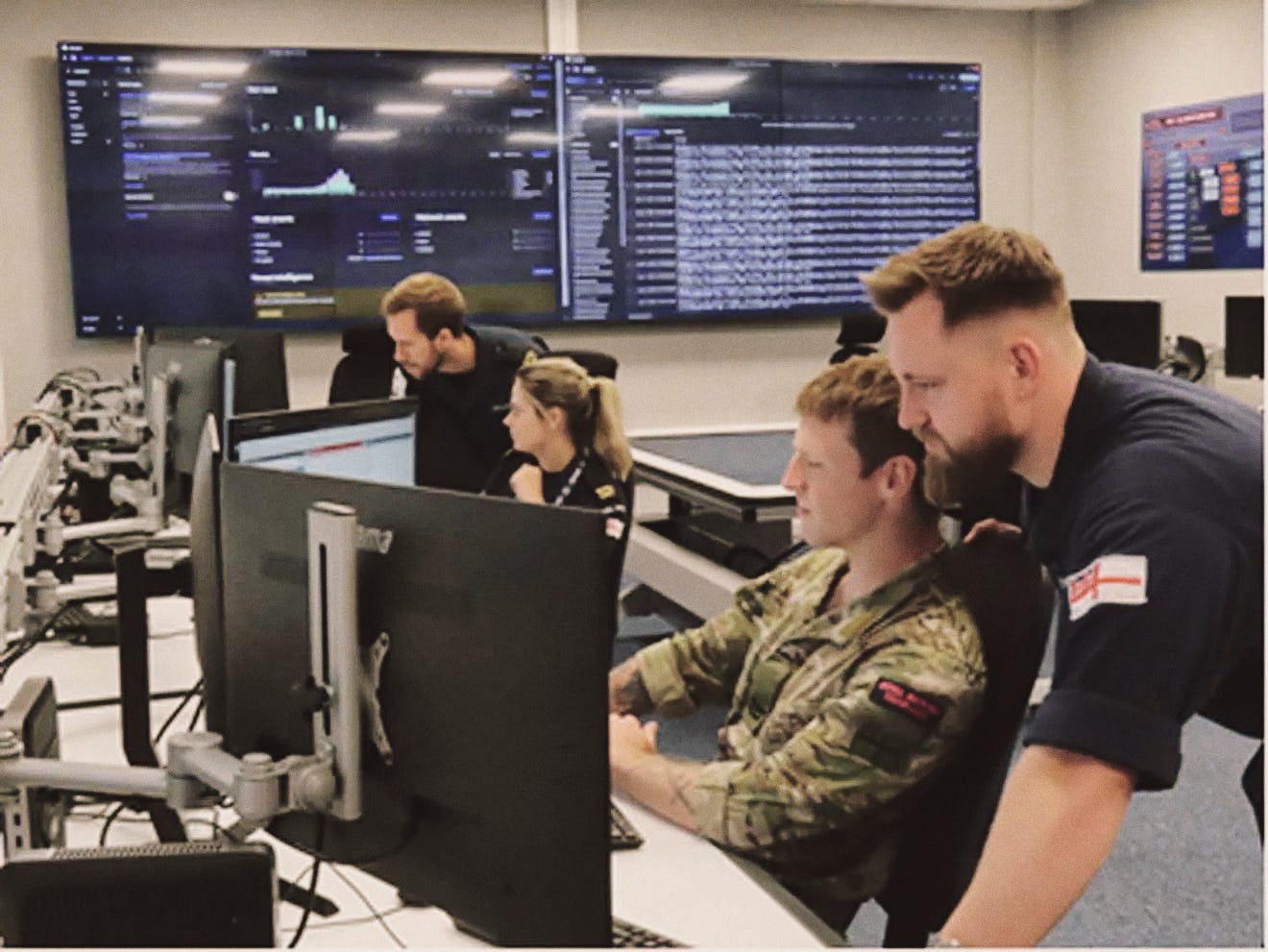
They've been called into action more than once: quietly plugging gaps in afloat systems, deploying alongside Carrier Strike Groups, or reinforcing digital perimeters in port. This is no longer a backroom function. As the First Sea Lord recently said, cyber is now "part of the fight, from day one".
Their work is complemented by the UK's broader Cyber and Electromagnetic Command, a new domain lead formed in 2025 to drive integration of cyber and EW across all services. And that's just the UK slice.
NATO and the Five Eyes: Building a Cyber-Ready Armada
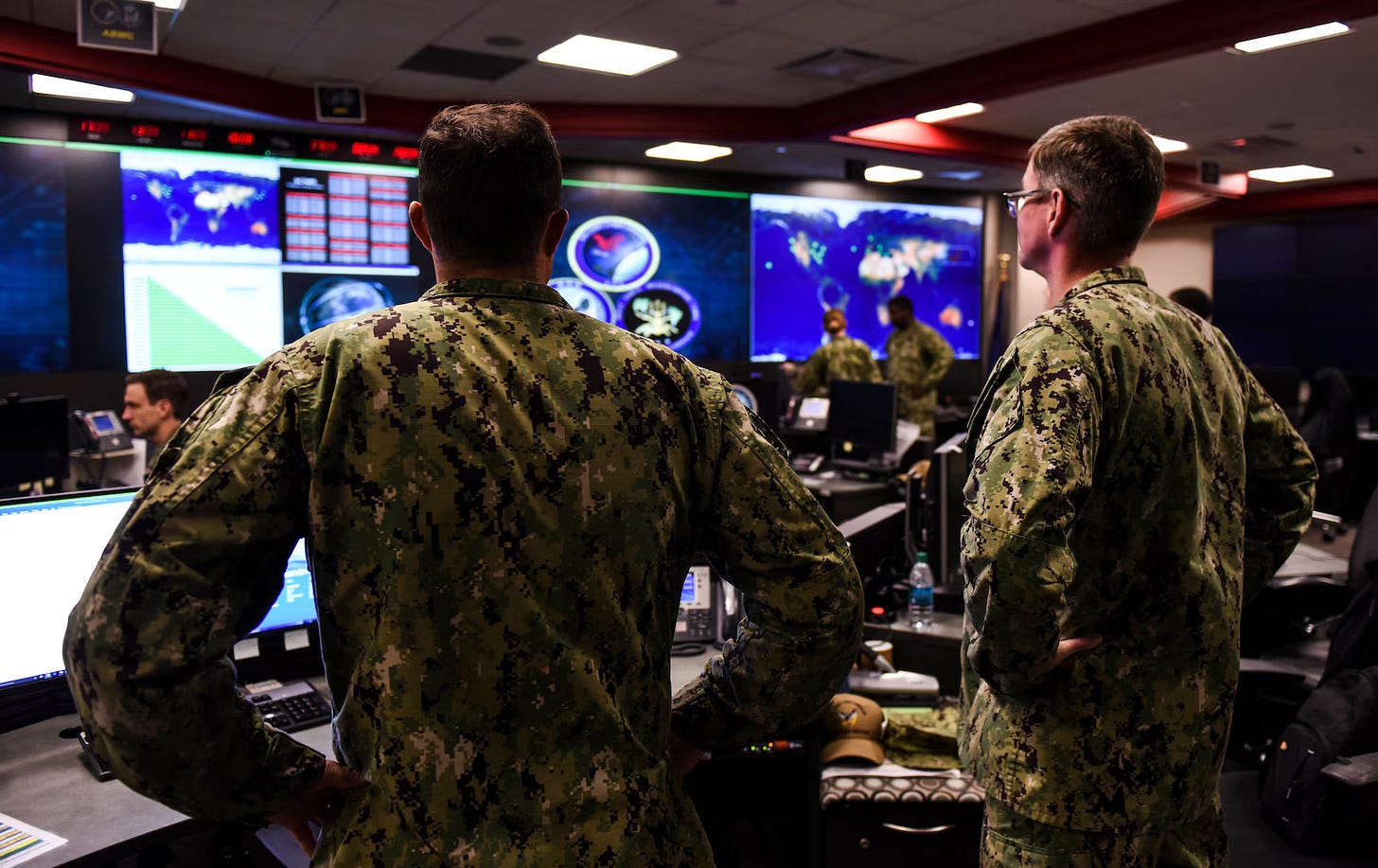
Across the Atlantic, the U.S. Navy's 10th Fleet, the reborn Fleet Cyber Command, is the digital hammer of the American maritime machine. With more than 13,000 personnel, it runs cyber operations, signals intelligence, and offensive cyber warfare, embedded directly into U.S. Cyber Command's global missions. Offensive cyber operations aren't theoretical for them; they're continuous.
Canada, too, has upped its game. In 2024, they stood up CAF Cyber Command, consolidating all cyber functions under one roof. This gives them the ability to detect, defend, and—when needed—fight back in cyberspace with CSE, their signals intelligence agency.
Australia did the same. Their new ADF Cyber Command brought the Fleet Cyber Unit, Army signals, and RAAF cyber personnel into one fighting force. These sailors, soldiers, and aviators are being trained to fight in the fifth domain, just as seriously as on land, sea, air, or space. And they're backed by ASD, the Australian equivalent of GCHQ, which runs offensive cyber against strategic threats.
New Zealand may have a smaller footprint, but it's not sitting still. Their Defence Capability Plan now prioritises cyber defence, and their strong intelligence ties mean that any threat detected by one Five Eyes partner is rapidly shared across the group.
Exercises Are the New Front Line
Cyber isn't just practised behind screens; it's now part of every live deployment. In Exercise Cyber Sentinel 2024, a coalition cyber team defended a simulated naval task group from a sustained cyberattack. The team included Royal Navy, U.S. Army, RAAF, and Canadian personnel. They faced escalating digital attacks, from fuel system manipulation to spoofed fire alarms, and responded as one unit. The lesson? Cyber war at sea is real, and we're training for it.
Back home, Exercise Joint Warrior includes cyber play across surface, sub-surface, and air threats. And NATO's Cyber Coalition, one of the most extensive exercises of its kind, has naval teams wargaming malware infection aboard ships, coordination under degraded networks, and joint responses to cyberattacks on ports and infrastructure.
In short, cyber is no longer siloed; maritime cyber is integrated into core operations.
Procurement and Partnerships: Warships Need Firewalls Too
Modern warships are floating data centres. They depend on secure C2 systems, encrypted communications, and layered cyber defences. That's why navies are now demanding cyber-secure platforms from day one. The Royal Navy's Type 26 and Australia's Hunter-class include built-in resilience. The U.S. Navy has adopted a "Cyber Safe" program and is pushing hard on Zero Trust Architecture across its networks.
But we can't do this alone. Partnerships with industry are critical. Through frameworks like the Defence Cyber Protection Partnership (UK), NATO's Cyber Industry Partnership, and the Five Eyes Project Overmatch, allies and vendors are co-developing resilient, interoperable networks.
The Project Overmatch initiative stands out. It's about creating a digital backbone across the Five Eyes navies, a battlefield cloud for secure, shared awareness. Allied engineers from the UK, Canada, and Australia are embedded in U.S. Navy teams to co-develop the tools. That's trust at the code level.
Strategy Aligns With Reality
Every major defence review now treats cyber as core. The UK's Integrated Review Refresh and Strategic Defence Review 2025 led to the establishment of CyberEM Command. The U.S. Navy is rolling forward with "persistent engagement" and cyber deterrence strategies. Canada's defence policy includes offensive cyber operations within a legal framework. Australia's DSR demanded cyber integration into every part of the ADF.
NATO, for its part, declared cyber a domain of warfare in 2016 and by 2025 had launched an Integrated Cyber Centre to give real-time cyber visibility to SACEUR. The alliance now regularly includes cyber in its collective defence clauses.
If you need proof of alignment, look at the Five Eyes joint public statements, mutual aid during cyber incidents, and embedded liaison officers sharing classified malware analysis in real time. That's not Alliance Theatre. That's hardwired cooperation.
The New Warfare Specialist
In my day, we trained to track aircraft, launch missiles, and out-think the enemy in a radar duel. Today's cyber warriors train to detect intrusions, repel malware, and defend ship systems just as fiercely. The keyboard is as critical as the torpedo tube.
The Royal Navy is building this cadre, deployable, agile, and expert. Naval Party 1912 is just the beginning. Every sailor is now part of the cyber frontline, whether they're in engineering, warfare, or logistics, because a compromised system can kill as effectively as a missile strike.
Final Thoughts
Cyber isn't coming to the fight. It's already there. NATO navies and Five Eyes partners have recognised this and are reorganising, resourcing, and rehearsing accordingly. The Royal Navy's new domain command, the embedded Five Eyes engineers in Project Overmatch, the fleet-wide exercises, and the partnerships with GCHQ, CSE, ASD, and others, all speak to a new era of maritime readiness.
If you want to understand the future of naval warfare, don't just look to the flight deck. Look to the data centre. Look to the teams in darkened rooms defending the invisible flank because the next fight might start with a login, not a launch.
And we'll be ready.


